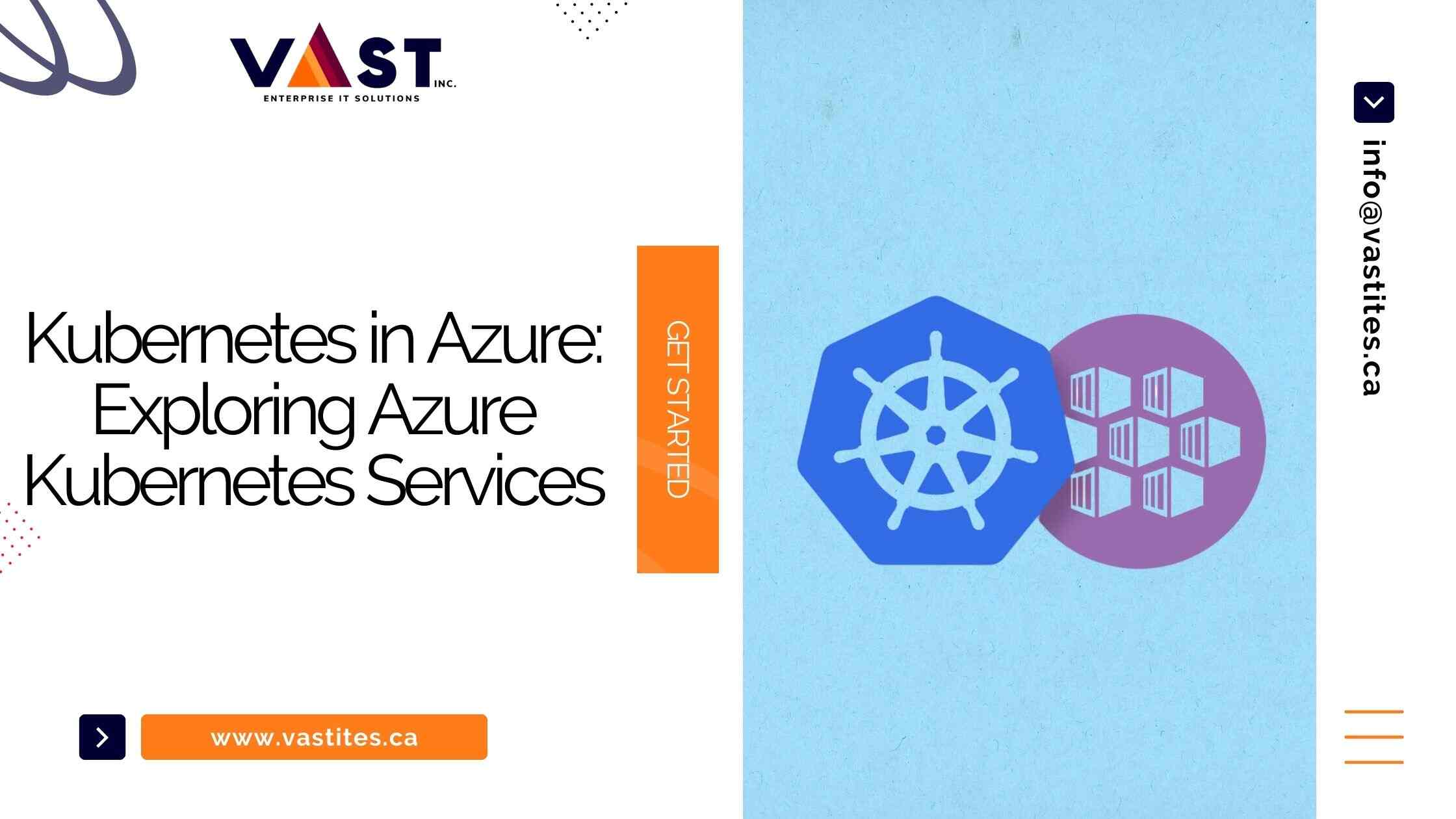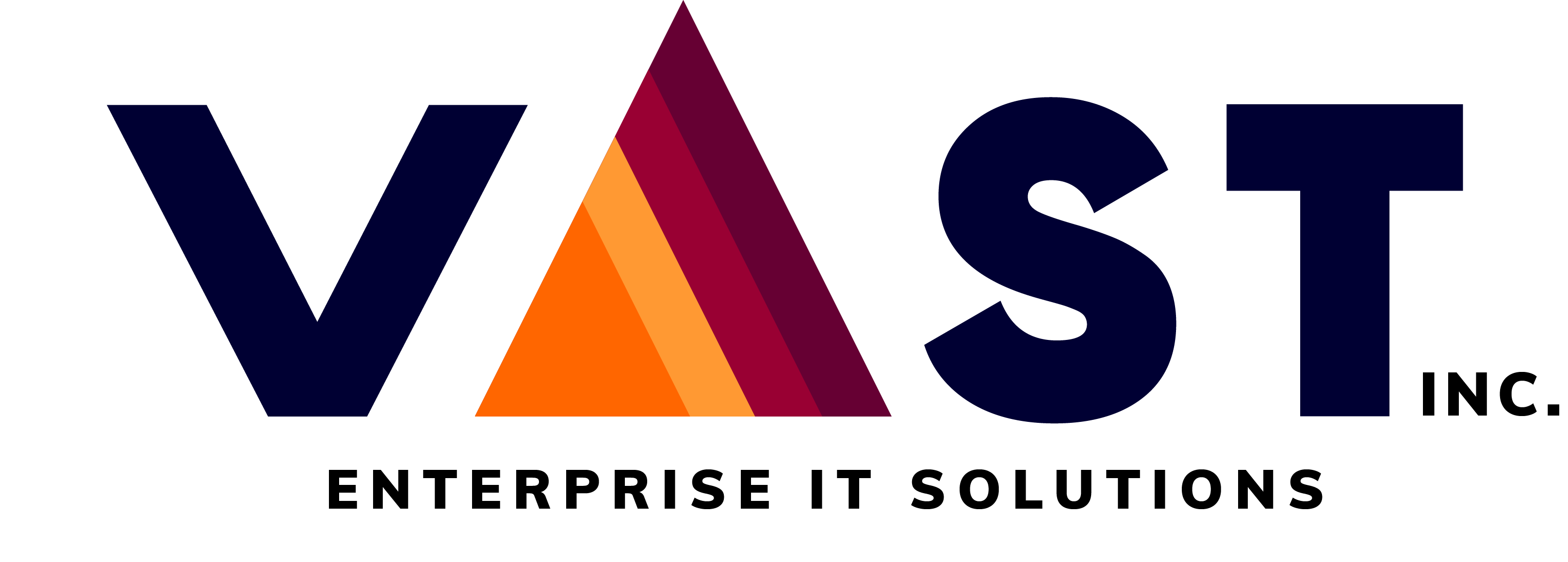
- November 25, 2023
- vastadmin
- 0
Introduction
What is Kubernetes in Azure? Kubernetes is the brainchild of Google to revolutionize container orchestration. It deploys, manages and scales the containerized applications. Now when we combine Kubernetes in Azure, we get Azure Kubernetes services which are provided by Microsoft. This deadly duo is a game-changer for DevOps folks that makes life easier for those dealing with complex container setups. Let’s dive into the world of Kubernetes in Azure and discover how Azure Kubernetes Services is a game changer.
Features of Kubernetes
In 2014, Google developed the open-source orchestration platform known as Kubernetes. Understanding what is Kubernetes for beginners is pretty simple, through scaling container orchestration, Kubernetes automates processes like application deployment, scalability, and administration. Let us examine the attributes of Kubernetes.

- Extensibility: This is the ability of a tool to allow an extension of its capacity/capabilities without serious infrastructure changes. Users can freely extend and add services which means users can easily add their own features such as security updates, conduct server hardening or other features.
- Portability: In its broadest sense, this means, the ability of an application to be moved from one machine to another, thus packages can run anywhere.
- Self-healing: Kubernetes offers applications resilience through operations it initiates such as auto start, useful when an app crashes the auto-replication of containers and scales automatically depending on traffic. Through service discovery, Kubernetes can learn the health of application processes by evaluating the main process and exit codes among others. Kubernetes healing property allows it to respond effectively.
- Load Balancing: Kubernetes optimize the tasks on demand by making them available and avoids undue strain on the resources. In the context of Kubernetes, we have two types of Load balancers – Internal and external load balancers. The creation of a load balancer is asynchronous prices and information about provisioned load balancers is published in the service’s status.
What is Azure Kubernetes Services
Microsoft Azure offers managed Kubernetes services under the Azure Kubernetes service. The goal of these services is to simplify and ease the deployment and maintenance of Kubernetes services. The working of Azure Kubernetes services is quite bit different as it offloads the cluster management operational tasks to Azure which is handled by the Kubernetes control plane and thus eases the nod set up of the worker. What makes AKS unique is that it is completely free and you only have to pay for the worker node time.
Azure Kubernetes Services capabilities

Azure Kubernetes services provide end-to-end Logging and Monitoring services while running the workloads which helps monitor the performance and capacity to avoid any errors. The Azure monitor collects data from containers, nodes, clusters, and AKS component logs then simplifies your ability to store that data in a Log Analytics workspace and makes it available for consumption using the Azure Portal, Azure CLI, or Azure API.
1. Entra ID Integration
You can easily integrate with AKS’s Entra ID service, formally known as Azure AD service. Using integrated sign-on, you can provide groups and current AD users access to the cluster environment, which streamlines user administration. For those current identities, cluster access can also be secured.
2. GPU Enabled Nodes
AKS streamlines the provisioning of GPU-enabled nodes which is a perfect fit for compute-intensive tasks like machine learning or graphics processing.
3. Cluster Node and Pod scaling
The scaling of the Kubernetes cluster with the demand involves both Node scaling and Pod. AKS Cluster Autoscaler resizes the Kubernetes cluster by adjusting node counts to fulfil the traffic of the application.
4. Cluster Node Upgrades
When organizations run huge fleets of Kubernetes clusters, they can quickly lose track of the version they are running for different workloads in different environments because the Kubernetes API changes frequently. You can run different versions of Kubernetes in Azure simultaneously. This grants you time to test functionality before upgrading. AKS upgrades the cluster and moves workloads to run nodes to the new version, minimizing disruption.
5. Docker Image support and its own container registry
AKS provides Docker image support and private image registry by Azure Container Registry (ACR) which is easily integrated with AKS.
6. Azure Virtual networks
Kubernetes and Azure Container Networking Interface (CNI) networking are the two network models that AKS provides. AKS will handle the implementation of your chosen network setup, which you can specify.
7. Storage Volume Support
Most applications need continuous information or access to similar storage volume after the Pods are scheduled to a new node. Workloads can use either static or dynamic volumes for permanent data thanks to AKS.
Azure Kubernetes services benefits
Azure Kubernetes services is a strong competitor of Amazon Elastic Kubernetes Services (EKS) and Google Kubernetes. But Azure Kubernetes Services benefits organizations in creating, managing, scaling and monitoring Azure Kubernetes Clusters beneficial for Microsoft Azure users. Let’s dive into Azure Kubernetes Benefits:
- Complete resource utilization: The fully managed Azure Kubernetes services provide efficient resource utilization with easy deployment and container management and provisions add on resources without managing Kubernetes infrastructure.
- Agile App deployment: Bug fixing can take up a lot of time. AKS saves debugging time by auto upgrading, self-healing and handling patching, simplifying the container orchestration. Thus developers can now focus on developing apps and other important tasks.
- Security and Compliance: By integrating with Azure Active Directory (AD), AKS offers access to users on demand, reducing privacy risks and threats. AKS is compliant with regulatory systems like System and Organization Control (SOC), ISO, PCI DSS and HIPAA.
- Quick Integration and Development: With Kubernetes in Azure you can auto-upgrade, monitor and scale easily. This minimises infrastructure maintenance which leads to faster integration and development.
Conclusion
Wrapping up, Kubernetes in Azure is like having the best of both worlds. It’s Kubernetes with a Microsoft twist. We’ve seen how Kubernetes itself is a beast at handling containers with its cool features like self-healing and load balancing. Then, AKS enters the picture, adding its own perks like seamless integration and GPU support, all while making cluster management a breeze. For those already in the Azure ecosystem, AKS is a no-brainer. It’s efficient, it’s scalable, and it fits right into the Azure way of doing things. To apply Kubernetes in Azure today, contact VaST ITES Inc. for the best DevOps consulting in Toronto!
